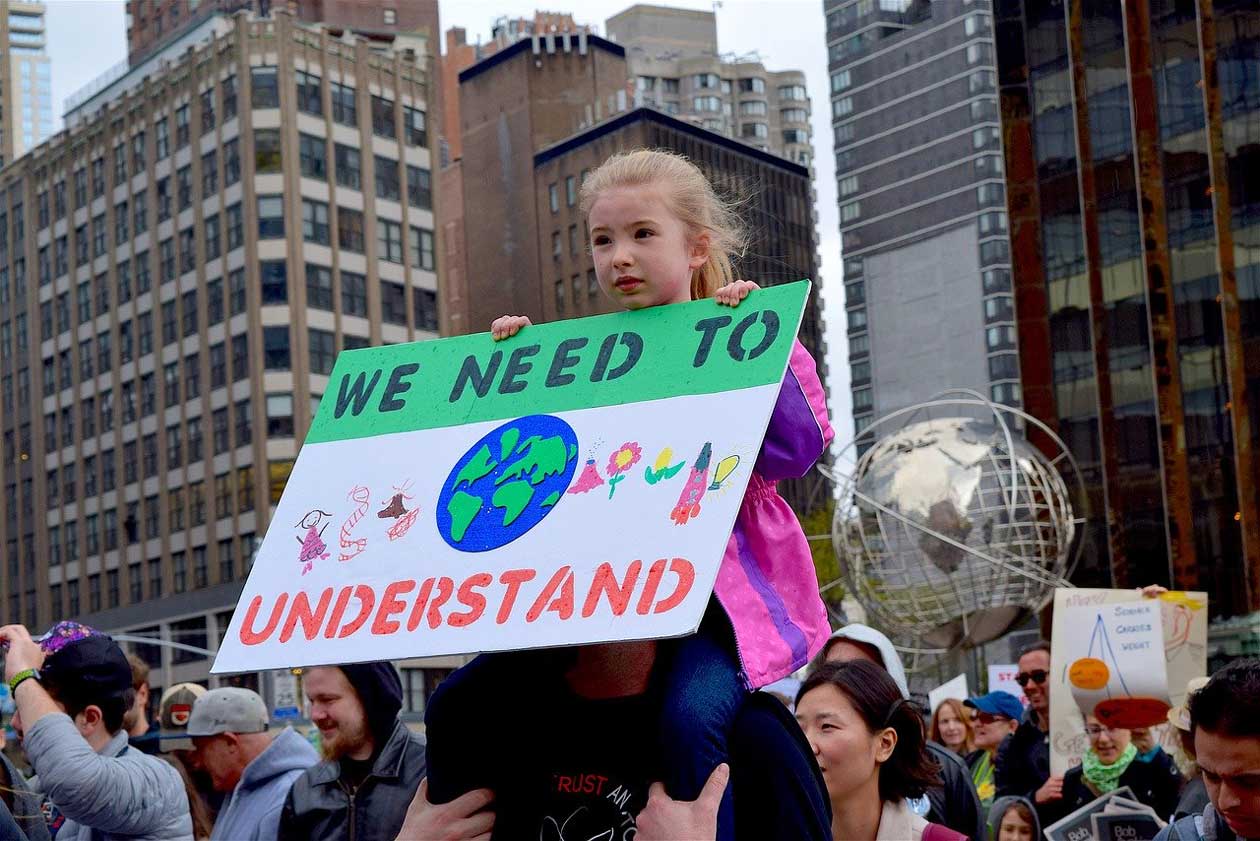URBANISATION, HUMANS AND CONSERVATION

Teaching in an interdisciplinary programme showed me how important the social side of conservation is. Natural scientists can’t work in a vacuum—at least not if we have conservation and sustainability as key goals, because solutions that fail to consider the perspectives of diverse stakeholders are doomed to fail.
And so, even though I am not a social scientist by training, I embrace opportunities to investigate how urbanisation affects human relationships with Nature, and our attitudes and behaviours around conservation and sustainability. These questions align with the ECOLOGY OF CITIES paradigm that emerged in the past two decades or so and recognises cities as complex socio-ecological systems. Here, I gained a lot of knowledge through the intrepid students who have done research under this paradigm in my lab. All have worked in Singapore—a highly urbanised society.
The first one analysed social perspectives on urban beekeeping, setting the stage for her juniors to investigate diverse questions. One asked about the ecological knowledge and conservation priorities of university students – comparing these between native and exotic species. Another analysed links among contact with Nature, environmental knowledge and pro-environmental behaviour among university students. And her successor built on this work by determining how Singapore’s kiasu culture influences environmentally-conscious consumption among youths. I also had one student focus on the people who feed street dogs – their practices and views on government management efforts – this was related to my major research project studying the ecology and biology of these animals.
Currently, I have two planned projects. One is a global study of human-bat relationships. The guiding framework is the theory of planned behaviour (TPB). Why behaviour? Because in the end, when it comes to conservation, it’s what counts. And TPB builds on the earlier theory of reasoned action, which suggests that our behaviours are indirectly predicted by our attitudes—with behavioural intent as an intermediary —and that intent is also affected by norms (meaning, what society expects of me, what I think other members of society do and what I think society approves of). The added component under the TPB is behavioural control (meaning, do I feel I am ‘able’ to perform the behaviour?). This collaborative project will used mixed methods to survey people around the world and tease out the most influential intrinsic (e.g., gender, age) and extrinsic (e.g., urbanisation, GDP) predictors of behaviours. Thus far, one of my students has carried out a pilot study in Singapore.
The second one addresses the wildlife trade—a problem that concerns me for several reasons. One being the huge threat it poses to biodiversity, especially in SE Asia, where it is driving species to extinction, maybe even more so than habitat loss. Another is the risk to human health, for instance through its undisputed link to emerging infectious diseases. There are many unknowns, and one of those is the role of urbanisation, which conceivably affects supply, demand, transport connectivity and the relevance of the online trade. Indeed, a recent horizon scan identified this as an emerging question. Here, I plan to work with global experts on the trade to analyse patterns in markets as a function of urbanisation-relevant metrics. This work will involve a combination of desktop research and fieldwork, to understand how attitudes, norms and behaviours change with urbanisation and how urbanisation alters the availability of suitable substitutes for wildlife and its products. Recently, I also led a study of the online trade in the painted woolly bat (Kerivoula picta) in my role as Co-Chair of the IUCN, SSC, Bat Specialist Group, Bat Trade Working Group—our manuscript is now (summer 2024) in review.
